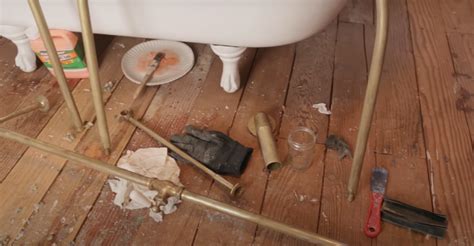How to Remove Lacquer from Brass: A Step-by-Step Guide
Brass, with its rich golden hue, is a prized metal for decorative and functional items. However, many brass pieces are coated with lacquer to protect them from tarnishing. While this protects the brass, it can sometimes obscure its natural beauty or prevent proper cleaning. Removing lacquer from brass can seem daunting, but with the right approach and patience, you can restore your brass to its former glory. This comprehensive guide will walk you through the process step-by-step.
Why Remove Lacquer from Brass?
Before diving into the methods, let's understand why you might want to remove lacquer from your brass items. Removing the lacquer allows you to:
- Reveal the natural beauty of the brass: The brass's inherent color and shine are often hidden under a layer of lacquer.
- Clean the brass more effectively: Lacquer can trap dirt and grime, making thorough cleaning difficult. Removing it allows for a deeper clean.
- Apply a different finish: Once the lacquer is removed, you can choose to apply a different protective coating or polish to your liking.
- Repair damaged areas: Removing the lacquer allows you to access any damage underneath and perform necessary repairs.
Methods for Removing Lacquer from Brass
Several methods can be used to remove lacquer from brass, each with varying degrees of effectiveness and aggression. Choose the method best suited to your item's condition and your comfort level.
1. Using Lacquer Thinner (Most Aggressive)
Caution: Lacquer thinner is a strong solvent and should be used with extreme care. Always work in a well-ventilated area, wear protective gloves and eye protection, and follow the manufacturer's instructions carefully.
- Prepare your workspace: Choose a well-ventilated area and lay down protective covering (e.g., newspaper, drop cloth).
- Apply the lacquer thinner: Using a cotton swab or soft cloth, gently apply the thinner to a small, inconspicuous area of the brass first to test for any adverse reactions.
- Remove the lacquer: If the test is successful, apply the thinner to the entire lacquered surface, working in small sections. Allow the thinner to soften the lacquer for a few minutes before gently wiping it away with a clean cloth.
- Clean and dry: After removing all the lacquer, clean the brass thoroughly with warm soapy water and dry it completely.
2. Using Paint Stripper (Less Aggressive)
Paint stripper is a less aggressive alternative to lacquer thinner but still requires caution. Always follow the manufacturer's instructions and use appropriate safety gear.
- Prepare your workspace: As with lacquer thinner, work in a well-ventilated area with protective covering.
- Apply the paint stripper: Apply a thin, even layer of paint stripper to the lacquered brass, following the manufacturer's instructions.
- Allow it to sit: Allow the stripper to sit for the recommended time, allowing it to soften the lacquer.
- Remove the lacquer: Use a plastic scraper or soft brush to gently remove the softened lacquer.
- Clean and dry: Clean the brass thoroughly with warm soapy water and dry it completely.
3. Using Heat (Gentle Method)
This method is the gentlest and best suited for delicate brass items. However, it may take longer and may not remove all the lacquer.
- Apply heat: Use a hairdryer on a low setting to gently heat the lacquered surface. The heat will soften the lacquer.
- Remove the lacquer: Use a plastic scraper or soft brush to gently remove the softened lacquer.
- Clean and dry: Clean the brass thoroughly with warm soapy water and dry it completely.
What are some common problems people face when removing lacquer from brass?
This is a common concern. The difficulty in removing lacquer often comes from the type of lacquer used, its thickness, and the age of the piece. Sometimes, several applications of the chosen method may be needed, and patience is key. For very stubborn lacquer, you may need to repeat the process or consider using a more aggressive method.
What should I do after removing the lacquer from my brass?
Once the lacquer is removed, thoroughly clean the brass with warm soapy water and a soft brush or cloth to remove any remaining residue. After cleaning, dry the brass completely to prevent tarnishing. Consider applying a protective coating or polish to prevent future tarnishing.
How do I protect brass from tarnishing after removing the lacquer?
After cleaning, apply a protective coating like a clear lacquer or a brass polish specifically designed to protect against tarnishing. Regular cleaning and polishing will also help maintain the shine and prevent tarnishing.
Following these steps and choosing the appropriate method will help you successfully remove lacquer from your brass items, restoring their natural beauty and enhancing their appearance. Remember safety first, and always test any cleaning agent on an inconspicuous area before applying it to the entire surface.

